This morning was cool with a bit less cloud cover and a bit more of a breeze. After having breakfast and getting things organized, Kirsten and I headed out to the field. She was going out to check on the systems and practice the point-framing protocol. I was heading out for my first look at the area since early spring in April. You may remember that CiPEHR stands for Carbon in PermafrostPermanently frozen ground. Experimental Heating Research. The road that we had been driving snowmobiles on back in April was now gravel and lined with willows and other vegetation. Everything was green!
As we approached the study site I could see the tundra and how much it had changed over the past couple of months. Instead of nice even, easy to walk on snow, there was now high spots and low spots with different shrubs and tussocks, which made the walking very tricky and wet in places. The whole area looked totally different and alive. That is the biggest thing that amazed me the very first time I ever saw the tundra, how alive it actually was and how many different species of organisms lived there.
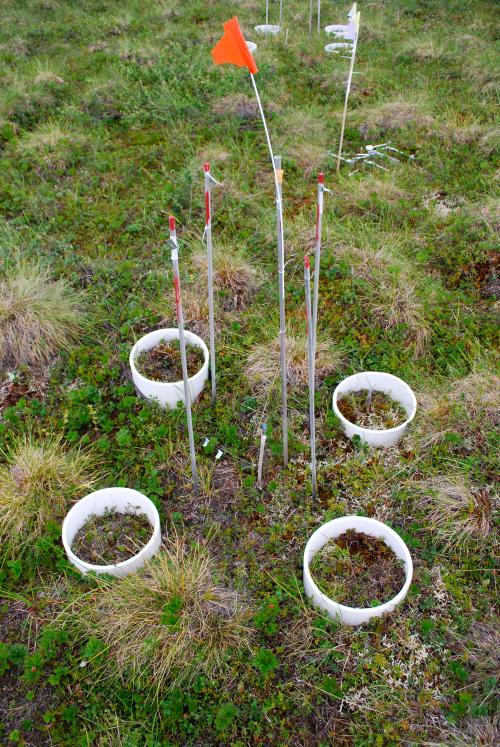
The first area I went to get a closer look at was the Smiley Plots. I could see all of them at once! It was very obvious seeing how the ground has high and low spots and why then some of the plots were so deep in the snow. Some of them did look different from the others. Do you think the amount of snow cover had anything to do with that difference?
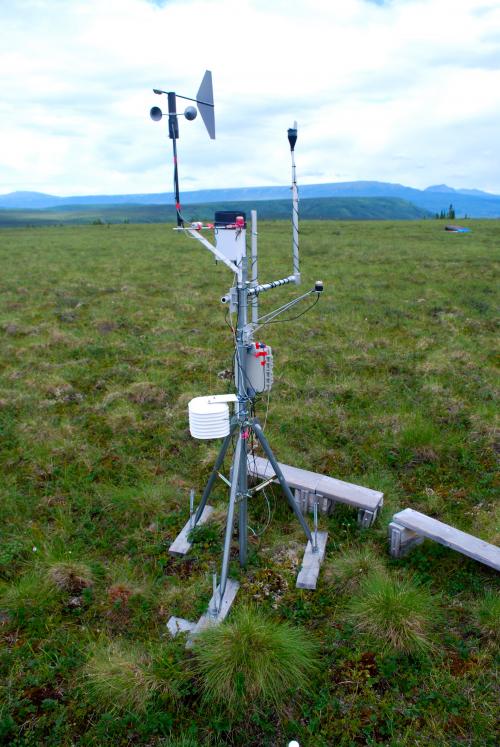
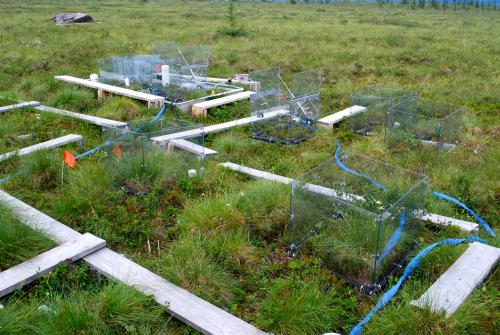
I then spent the next hour or so walking around all three sites and trying to take in all of the activity that was going on. All of the instruments that were installed after the snow removal were in full swing. The warming chambers were in place along with the flux chambers. The drying plots and their pumps were operating also. I noted that there were insects, spiders, moths, and caterpillars everywhere, even grasshoppers.
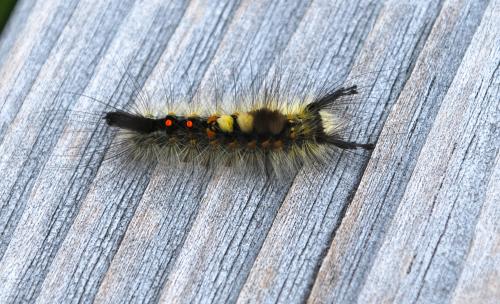
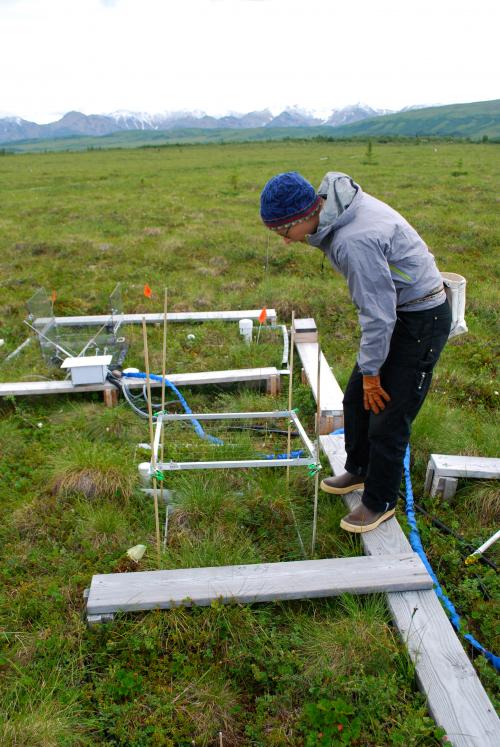
It is great to be back and see the changes that have occurred since the snow. I will take a closer look and talk with the team members to find out how the experiments are going and if the winter warming treatment made a measurable difference in the spring and early summer growth.


Comments